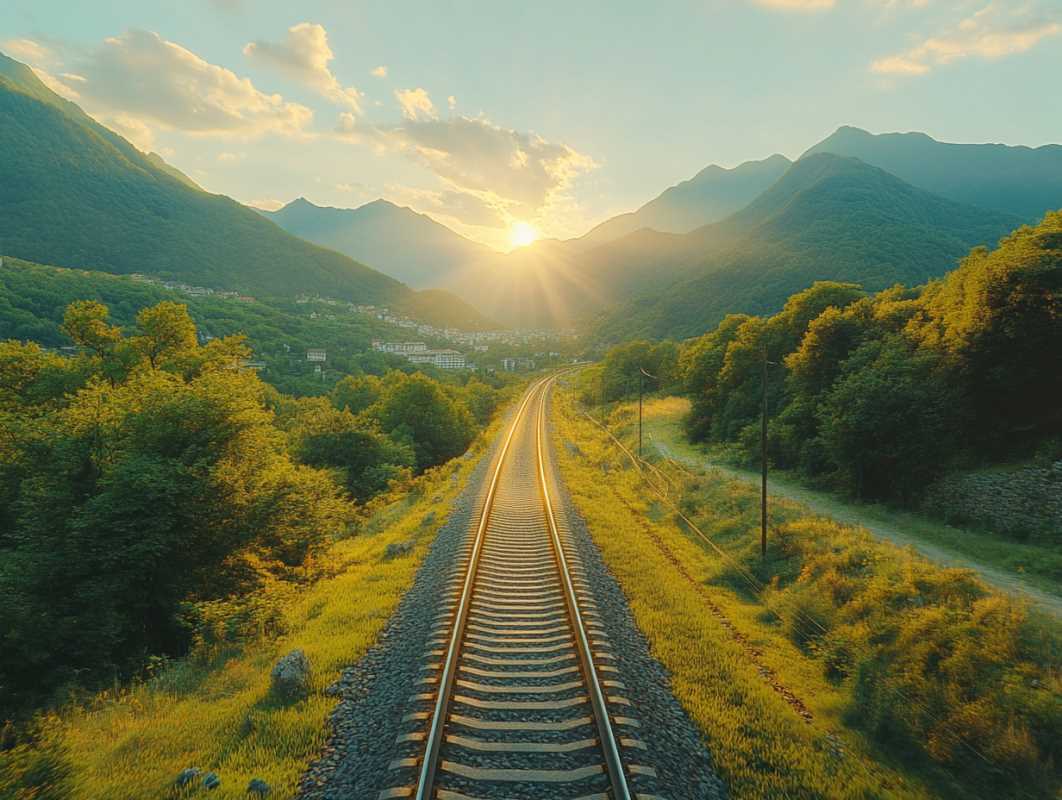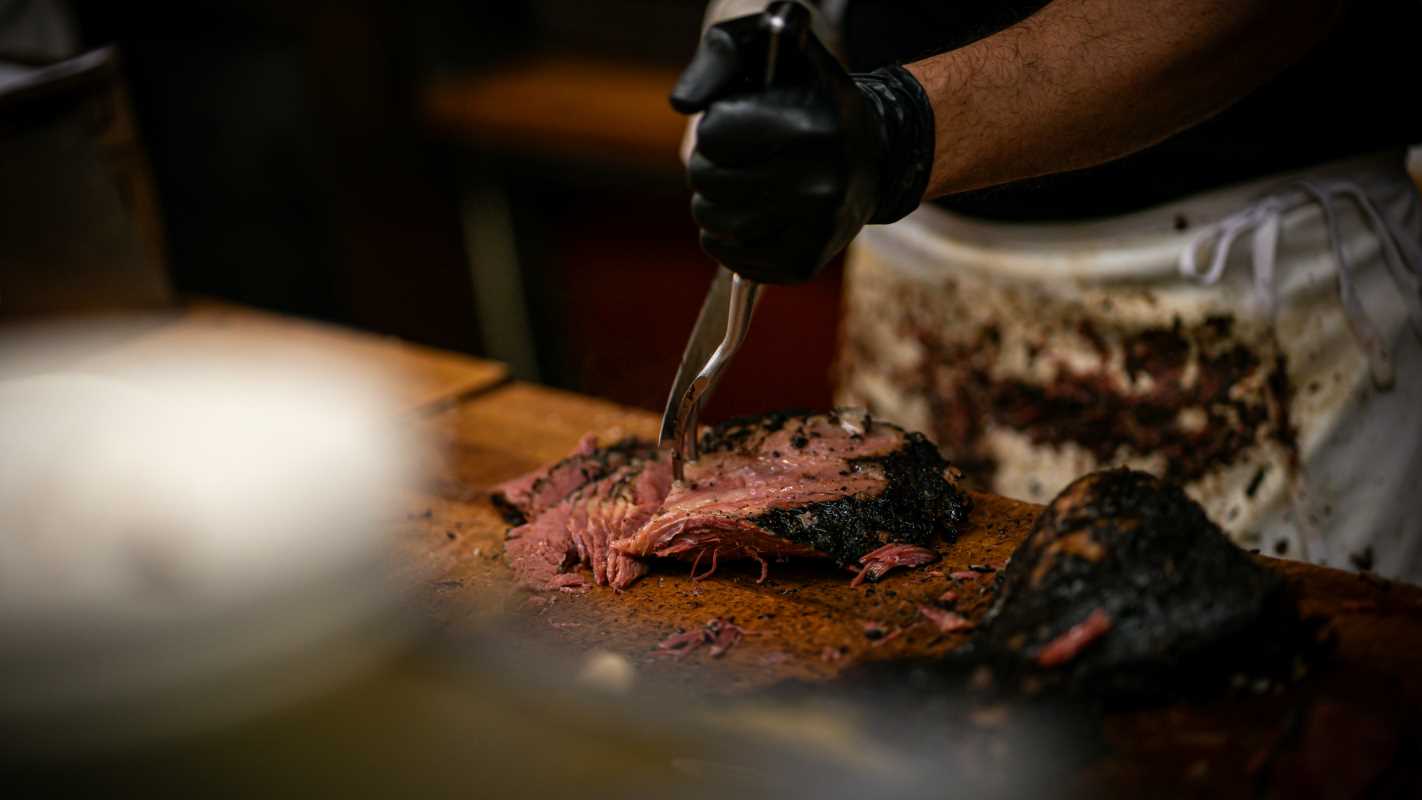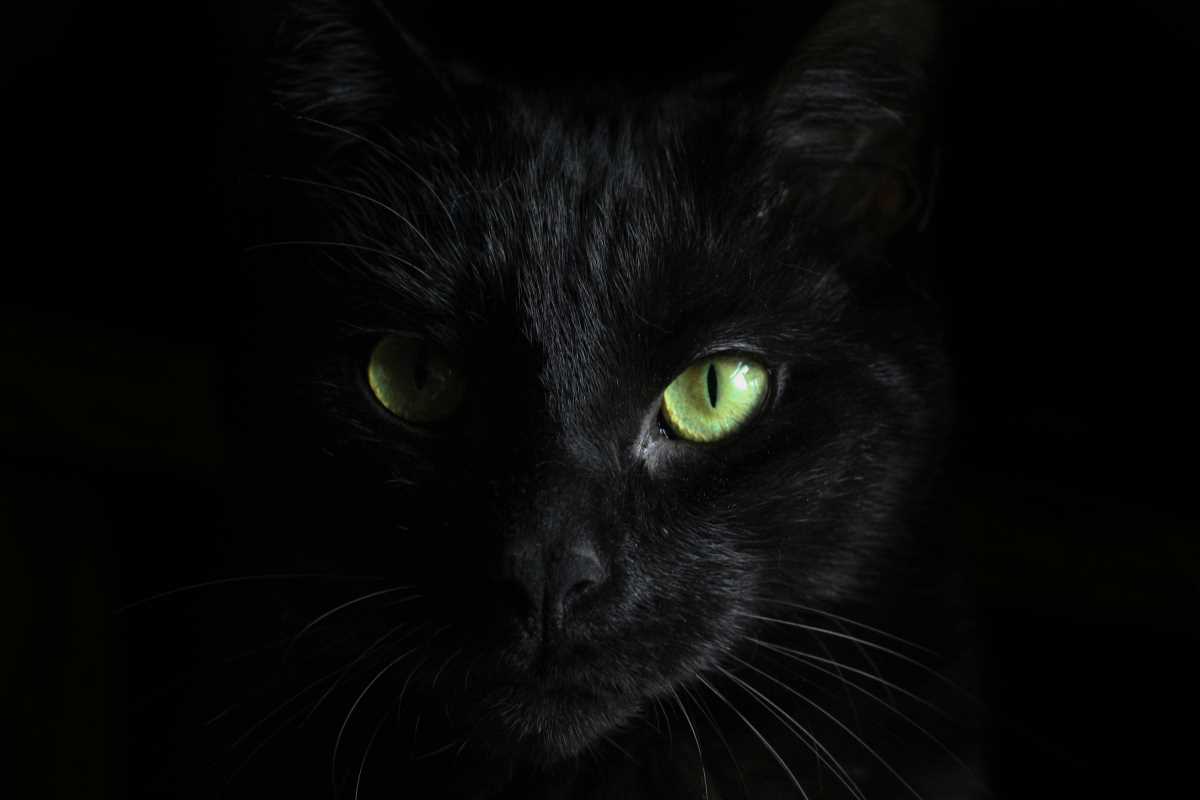In a world where entertainment often revolves around action-packed blockbusters, breakneck-paced dramas, and quick-bite social media content, the rise of "Slow TV" is as surprising as it is soothing. This unique genre flips the script on modern entertainment norms, offering unhurried, immersive experiences that embrace the beauty of monotony and the passage of time.
Originating in Norway with the national broadcaster NRK's live broadcast of a seven-hour train journey, slow TV gained an unexpected cult following. Instead of cutting-edge plots or dazzling effects, viewers were treated to the rhythmic clatter of wheels on rails and the sweeping vistas of Norwegian landscapes.
The success of this and subsequent broadcasts, including a multi-day ferry journey and hours-long knitting marathons, highlights a growing appetite for something slower, quieter, and more meditative. It’s not just about watching - it’s about experiencing a slice of life in real time, free from the relentless demands of traditional programming.
Why Slow TV Works
One key reason for slow TV’s appeal is its ability to counteract the overstimulation of modern life. In an age dominated by fast edits, cliffhangers, and the pressure to "binge-watch," slow TV offers a refreshing alternative.
Psychologists suggest that this genre taps into our natural need for mindfulness and presence. Watching a meandering river or the methodical process of crafting allows the mind to relax, almost mimicking the effects of meditation. Instead of being bombarded with stimuli, viewers are gently invited to observe and reflect.
Slow TV’s unhurried pace also encourages a deeper connection with the content. Traditional entertainment often prioritizes plot over detail, while slow TV immerses viewers in the minutiae of the experience - whether it’s the creak of a wooden boat, the glow of a fireplace, or the repetitive motions of a craftsperson at work.
This slower, contemplative format feels almost rebellious in its simplicity. It invites audiences to disconnect from the frenzy of notifications and 24-hour news cycles, offering a rare opportunity to be still and present.
Slow TV as a Cultural Phenomenon
While slow TV originated in Scandinavia, its appeal has since transcended borders, resonating with audiences worldwide. The cultural significance of this phenomenon lies in its universality—whether it’s a journey through rural landscapes or a day spent fishing, slow TV captures shared human experiences.
Different cultures have embraced the genre in unique ways. In Japan, programs like Shikoku Pilgrimage follow spiritual journeys on foot, highlighting the country’s tradition of contemplative travel. In the UK, series such as Springwatch invite viewers to observe wildlife in real time, fostering an appreciation for nature’s rhythms.
Streaming platforms have also recognized the potential of slow TV, with services like Netflix and YouTube hosting a growing library of slow content. From scenic train rides through the Alps to live-streamed fireplace crackles, these offerings cater to a global audience seeking moments of calm amidst the chaos.
Interestingly, slow TV has also found a niche in event broadcasting. Programs such as The Great British Bake Off or The Repair Shop emphasize process and craftsmanship over drama, embodying the slow TV ethos even within traditional formats.
Slow TV has become a cultural touchstone, challenging assumptions about what constitutes engaging entertainment by celebrating the ordinary and the unhurried.
The Impact on Traditional Entertainment
The rise of slow TV has implications for the broader entertainment industry, particularly because it challenges conventional wisdom about what audiences want.
For decades, television and film have operated under the assumption that viewers crave constant stimulation. Fast cuts, complex storylines, and adrenaline-pumping action have been staples of the industry. However, slow TV’s success suggests that audiences are increasingly seeking balance - a chance to step back and recharge.
This shift is prompting creators to rethink their approach. While not every show can (or should) adopt the slow TV format, there’s a growing recognition of the value of pacing, atmosphere, and immersion.
In fact, some popular series have already integrated slow TV elements into their storytelling. The long, uninterrupted takes in The Crown or the contemplative sequences in Better Call Saul reflect a willingness to let moments breathe, prioritizing emotional depth over sheer velocity.
Slow TV has spurred interest in alternative viewing habits. Live streams, for example, have become a popular way to experience slow, real-time events, from spacewalks aboard the International Space Station to calming nature feeds. This trend aligns with the growing preference for authenticity and unfiltered media experiences.
Slow TV is paving the way for a more diverse and inclusive landscape by proving that there's room for quietness and contemplation in entertainment.
The Future of Slow TV and Its Growing Influence
As slow TV continues to gain traction, its potential applications are expanding. Beyond its current format, the genre is inspiring new ways to engage with art, nature, and community.
Virtual reality (VR) and augmented reality (AR) offer exciting possibilities for slow TV. Imagine donning a VR headset and experiencing a serene walk through a forest, complete with the rustling of leaves and the distant chirping of birds. These technologies could enhance the immersion of slow TV, making it an even more transformative experience.
Slow TV is also finding a home in wellness and therapy. Programs designed to reduce anxiety or promote mindfulness are being developed, with slow TV principles at their core. These offerings have the potential to complement traditional therapeutic practices, providing accessible tools for mental health care.
The genre’s emphasis on process and craft could also influence other creative fields, from fashion and design to culinary arts. By spotlighting the beauty of making, slow TV fosters a deeper appreciation for the time and effort behind every creation.
Finally, slow TV may reshape how we think about storytelling. Instead of relying on climaxes and resolutions, it invites us to find meaning in the journey itself, embracing the ordinary as a source of wonder.
- Encourages mindfulness and presence
- Celebrates shared cultural experiences
- Challenges fast-paced entertainment norms
- Expands into VR and wellness applications
- Reframes storytelling as a journey, not a destination
In an era of instant gratification, slow TV is a quiet revolution. By embracing simplicity and stillness, it offers a powerful antidote to the frenetic energy of modern life, reminding us to pause, observe, and appreciate the world around us. Slow TV's growing influence on traditional entertainment is a testament to the enduring appeal of slowing down—a lesson that resonates now more than ever.
 (Image source: Midjourney)
(Image source: Midjourney) 





